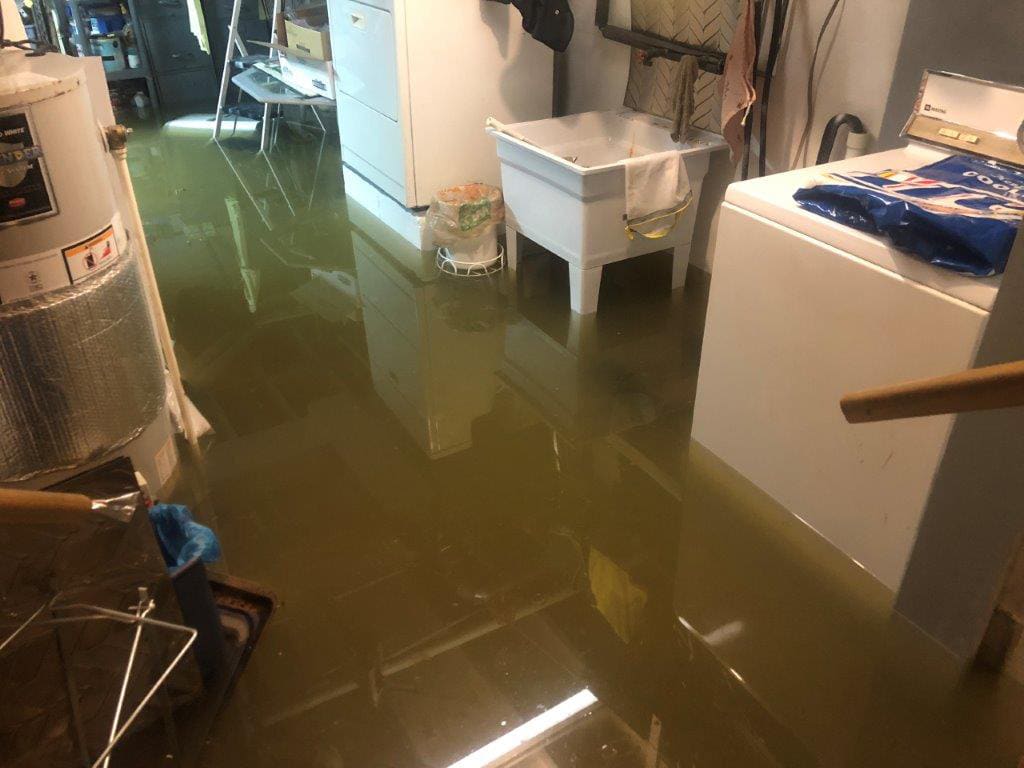Do's & Don'ts of Water Restoration.
Do's & Don'ts of Water Restoration.
Blog Article
Just about everyone is bound to have their unique rationale with regards to Simple Solutions To Preventing Fire And Water Damage To Your Home.

Water provides life, water invasion on parts where it's not meant to be can result in damages. Residences with water damage smell moldy and also old.
Water can originate from numerous sources such as hurricanes, floodings, ruptured pipelines, leaks, and drain issues. In case you experience water damage, it would be great to recognize some safety precautions. Right here are a few standards on exactly how to manage water damages.
Do Prioritize Residence Insurance Protection
Water damage from flood because of hefty winds is seasonal. You can also experience a sudden flood when a defective pipe unexpectedly ruptures right into your house. It would be best to have house insurance coverage that covers both acts of God such as natural disasters, and emergencies like busted plumbing.
Do Not Neglect to Switch Off Utilities
This reduces off power to your whole house, protecting against electrical shocks when water comes in as it is a conductor. Do not fail to remember to transform off the main water line valve.
Do Stay Proactive and Heed Climate Signals
Tornado floodings can be really unforeseeable. Stay aggressive and ready if there is a history of flooding in your neighborhood. If you live near a lake, creek, or river , pay attention to evacuation warnings. Obtain prized possessions from the first stage as well as basement, after that placed them on the highest possible level. Doing so minimizes prospective building damage.
Don't Overlook the Roofing System
You can prevent rainfall damages if there are no openings and leakages in your roof covering. This will avoid water from moving down your walls and soaking your ceiling.
Do Take Note Of Small Leakages
A burst pipe does not take place overnight. Normally, there are red flags that show you have actually deteriorated pipelines in your house. As an example, you may discover gurgling paint, peeling wallpaper, water streaks, water stains, or trickling sounds behind the walls. Ultimately, this pipe will break. Preferably, you need to not wait for things to escalate. Have your plumbing fixed before it leads to enormous damages.
Do Not Panic in Case of a Burst Pipeline
Keeping your presence of mind is crucial in a time of crisis. Panicking will just intensify the problem due to the fact that it will stifle you from acting fast. When it concerns water damages, timing is essential. The longer you wait, the more damage you can anticipate. Hence, if a pipeline bursts in your house, right away shut off your major water shutoff to cut off the source. Unplug all electrical outlets in the area or turn off the circuit breaker for that part of the house. Call a reputable water damage remediation professional for assistance.
Water offers life, water breach on components where it's not intended to be can result in damages. Residences with water damages scent musty and old.
Water damage from flood dues to heavy winds is seasonal. You may observe gurgling paint, peeling off wallpaper, water streaks, water spots, or dripping sounds behind the walls. When it comes to water damage, timing is key.
Are Water Mitigation and Water Damage Restoration the Same Thing?
When are Water Mitigation Services Needed?
Water intrusion can come from small sources like a dishwasher leak or larger ones like rainwater causing inches of standing water in a basement. Other instances of damage that call for water mitigation services include:
Sewer backup, sump pump failure, or clogged toilets Toilet wax seal failure Shower pan corrosion Pipe leaks and ruptures Washer or icemaker line breaks HVAC drain line blockage A leaking roof Moisture behind walls Foundation cracks Mold Mold is a good example to illustrate how water mitigation works. We’ve often found that clients we do mold remediation services for had existing water damage issues that ended up leading to the mold damage. When performing water mitigation we look for what’s causing the water problem and for ways to stop mold before it multiplies and becomes a bigger concern.
Are You Currently Experiencing a Water Disaster?
If you’re in the middle of a water intrusion disaster, here are some important dos and don’ts to follow:
Don’ts:
Safety first! Do not enter a room with standing water until the electricity has been turned off! A regular household vacuum should never be used to pick up water. Never use electrical appliance if standing on a wet floor or carpet. Leave visible mold alone. Dos:
Call a water mitigation professional as soon as possible. Mold and other damage can begin within hours of a water intrusion. Mop and blot up as much water as possible. Remove non-attached floor coverings and mats but leave wall-to-wall carpeting removal to a pro. If there are window coverings like draperies that touch the water, loop them through a hanger and put them up on the rod. Remove wet cushions to dry and wipe down soaked furniture. Move valuables like paintings, photos, and art objects to a dry location. Books should be left tightly packed on shelves until it’s determined if they need specialized drying. Prop open closets, cabinets, and drawers to allow them to air out. https://cfrsfl.com/blog/are-water-mitigation-and-water-damage-restoration-the-same-thing/

I found that blog post about Reducing Your Risk Of Water And Fire Damage At Home when doing a search on the web. Are you aware of another person who is truly interested in the subject? Do not hesitate to share it. Thank you so much for taking the time to read it.
Report this page